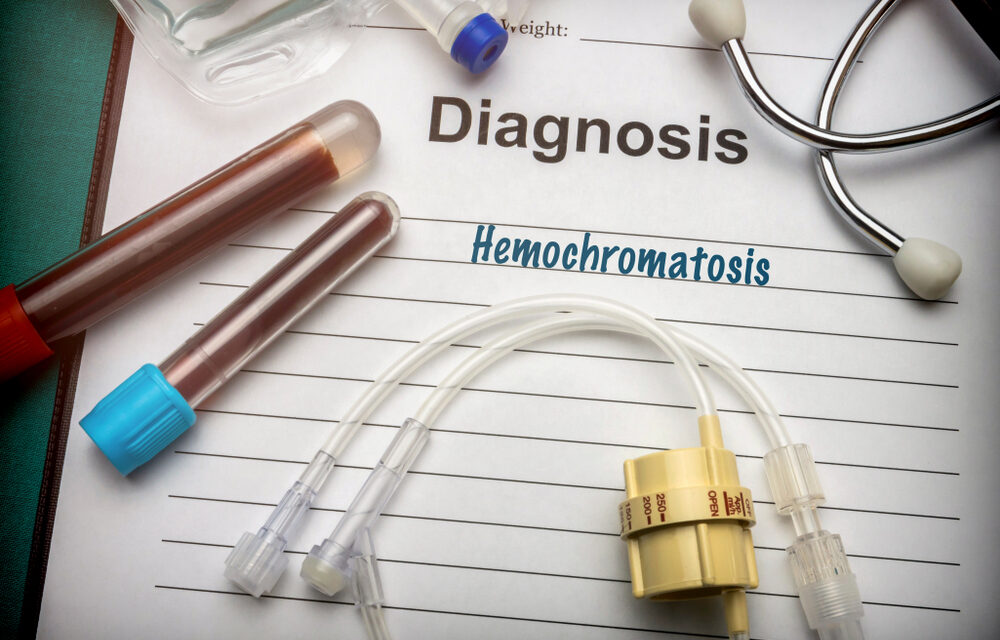TL;DR:
Too much iron can quietly build up in the body, damaging the liver, heart, pancreas, and hormones. Early signs can look like fatigue, joint pain, or brain fog. Simple blood tests can reveal the problem, and treatment is usually easy and effective once identified.
What Iron Overload Means
Iron is essential — but in excess, it becomes toxic. When iron builds up faster than the body can use it, it settles in organs like the liver, heart, and endocrine glands. Over time, this can cause inflammation, scarring, and organ damage.
About 16 million Americans may have some level of iron overload. It can be:
-
Hereditary (Primary Hemochromatosis): A genetic condition, most common in people of Northern European ancestry.
-
Acquired (Secondary Iron Overload): From too many blood transfusions, excessive iron supplements, or chronic liver problems.
Symptoms Can Be Vague
Because iron affects many organs, symptoms vary widely. Common early signs include:
-
Fatigue and weakness
-
Joint pain or stiffness
-
Loss of libido or infertility
-
Hair thinning
-
Abdominal pain or nausea
-
Darkened (“bronze”) skin tone
As it progresses, iron overload can contribute to:
-
Liver disease (fatty liver, cirrhosis, or even liver cancer)
-
Heart rhythm problems or heart failure
-
High blood sugar or diabetes (“bronze diabetes”)
-
Low thyroid or testosterone
-
Arthritis or cognitive decline (increased oxidative stress in the brain)
How It’s Diagnosed
Most people are diagnosed through routine blood work. Key tests include:
-
Serum Iron – often elevated
-
Ferritin – a measure of stored iron, usually high
-
Transferrin Saturation – the most accurate indicator
-
Calculate by: (Serum Iron ÷ Total Iron Binding Capacity) × 100
-
If above 50%, iron overload is likely
-
-
Liver enzymes and bilirubin – may rise if the liver is stressed
Men tend to show symptoms earlier because women lose iron through menstruation. After menopause, women are equally at risk.
Treatment and Outlook
The standard treatment is simple: regular blood removal (phlebotomy) to lower iron stores.
With early diagnosis, most patients can prevent serious organ damage and live normal lives.
Supporting liver and antioxidant function naturally — through a healthy diet, exercise, and nutrients like vitamin C (in moderation), phosphatidylcholine, and milk thistle — can complement medical treatment.
Takeaway
Hemochromatosis often hides behind everyday symptoms like fatigue or joint pain. If you have a family history of liver disease, diabetes, or unexplained tiredness, it’s worth asking your doctor about iron and ferritin testing. Early detection is key to protecting your liver, heart, and hormones.





